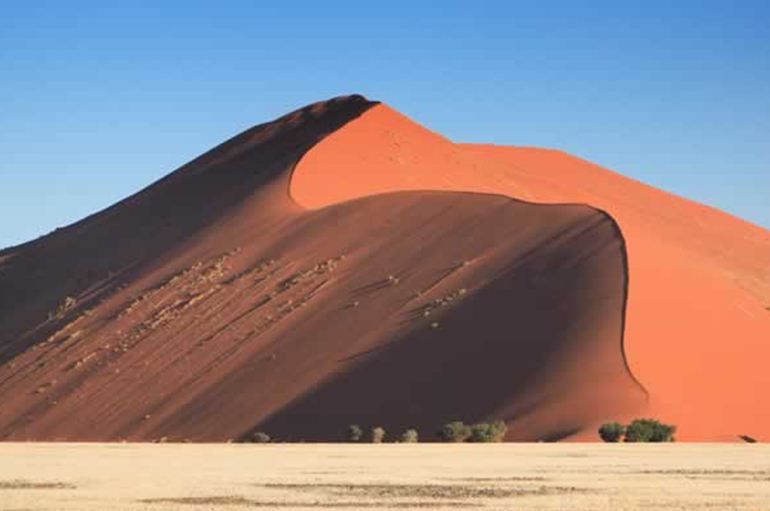Africa 2012 - Namibia Itinerary

 During our tour in Namibia we will be staying at 7 different lodges. The locations of the lodges are shown on this map of Namibia.
During our tour in Namibia we will be staying at 7 different lodges. The locations of the lodges are shown on this map of Namibia.
 Fly into Windhoek where we pickup our Toyota Hilux 4x4 dual cab w/frig.
Fly into Windhoek where we pickup our Toyota Hilux 4x4 dual cab w/frig.
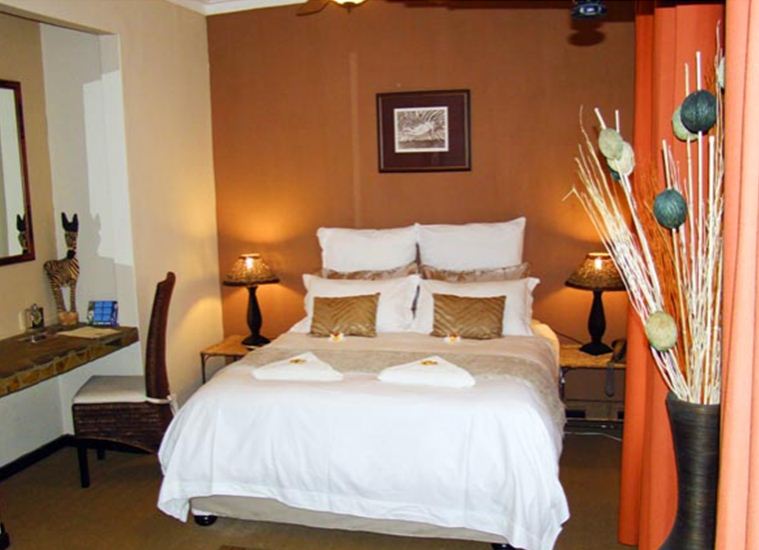 Our first night in Namibia will be at the Guest House Terra Africa
Our first night in Namibia will be at the Guest House Terra Africa
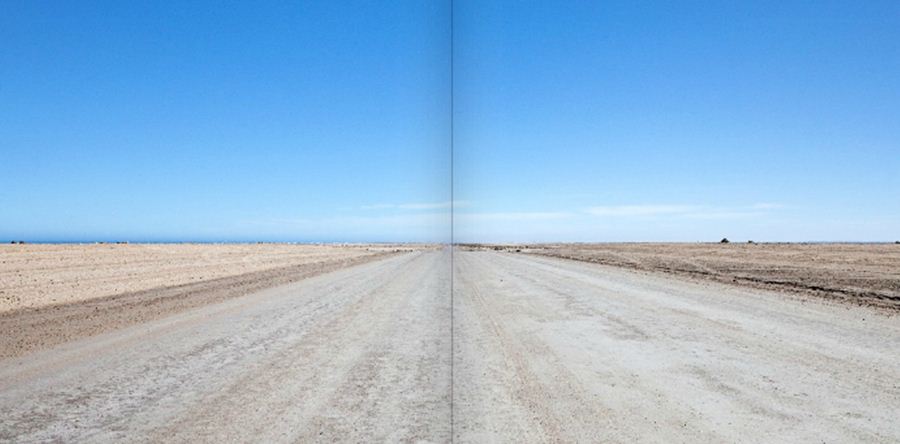


 The next two nights we will stay at a research center called Africat.
The next two nights we will stay at a research center called Africat.
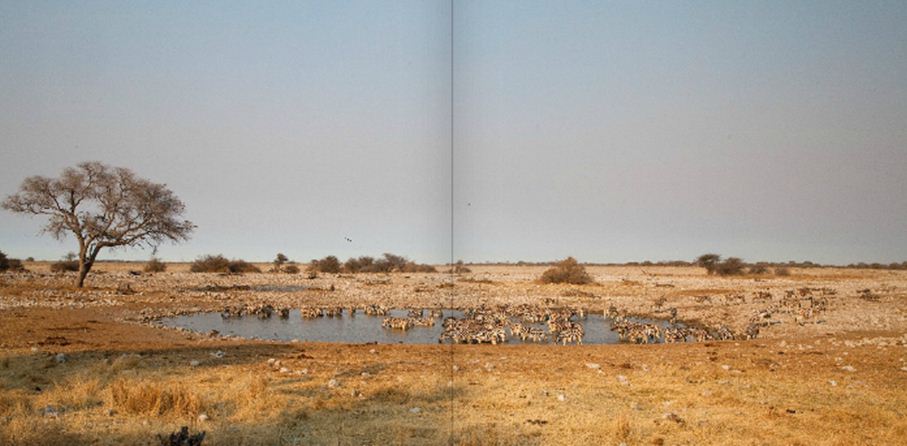 Today we leave Africat and again head North to the Etosha National Park. Etosha National Park is the jewel in Namibia's crown. Home to 4 of the Big 5 (lion, leopard, elephant and black rhino) as well as cheetah and many, more. Etosha, which means "place of dry water", sits upon a unique combination of an expansive dry lake (salt pan), grasslands, dense brush, and open plains, all of which make for a stunning backdrop for viewing the nearly 100 different large mammal species and more than 340 bird species that call Etosha home.
Today we leave Africat and again head North to the Etosha National Park. Etosha National Park is the jewel in Namibia's crown. Home to 4 of the Big 5 (lion, leopard, elephant and black rhino) as well as cheetah and many, more. Etosha, which means "place of dry water", sits upon a unique combination of an expansive dry lake (salt pan), grasslands, dense brush, and open plains, all of which make for a stunning backdrop for viewing the nearly 100 different large mammal species and more than 340 bird species that call Etosha home.
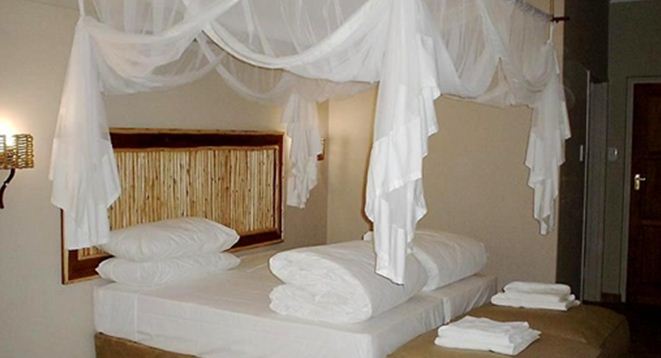
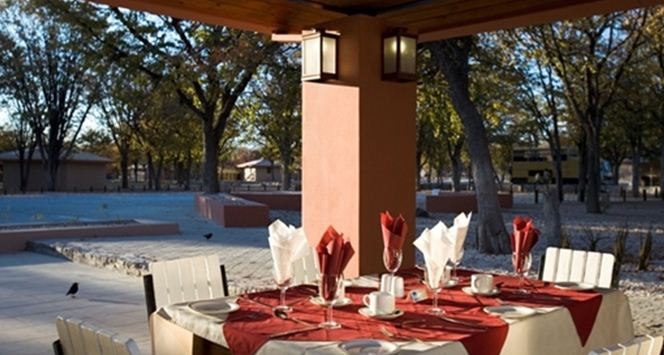 We are staying at two different lodges in this Park each with its own unique characteristics. The first two nights we are staying at the Halali Resort.
We are staying at two different lodges in this Park each with its own unique characteristics. The first two nights we are staying at the Halali Resort.
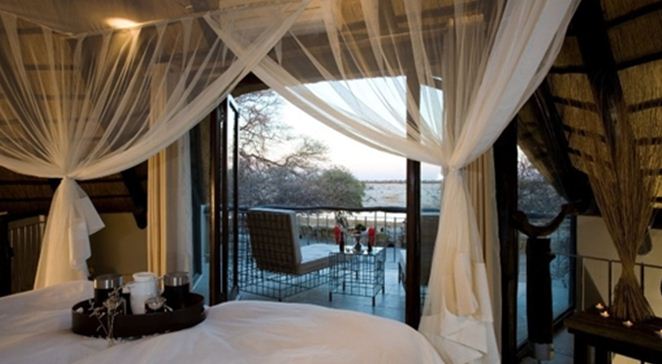 Today we drive a short distance to another area of Etosha National Park. The location can be seen at the map at the top of this page, labeled "day-6".
Today we drive a short distance to another area of Etosha National Park. The location can be seen at the map at the top of this page, labeled "day-6". 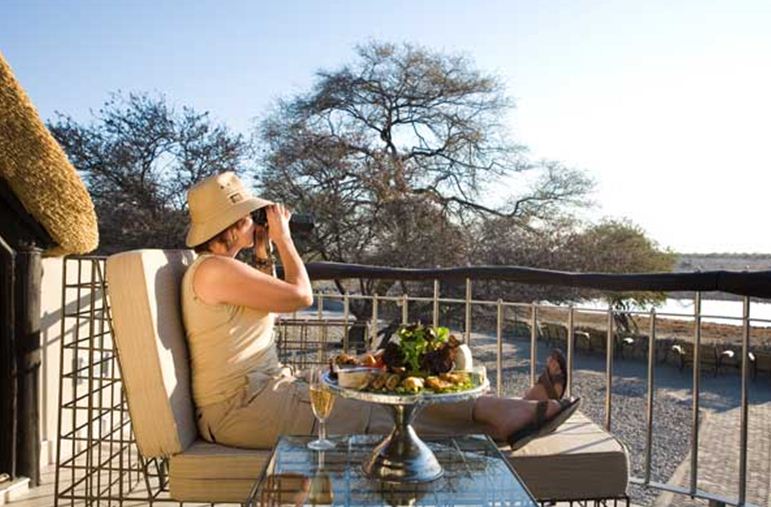 The resort for this one night stay is the "Okaukuejo Resort". Many animals come to the water hole by this resort so we can view from our deck, if we want to!!!
The resort for this one night stay is the "Okaukuejo Resort". Many animals come to the water hole by this resort so we can view from our deck, if we want to!!!
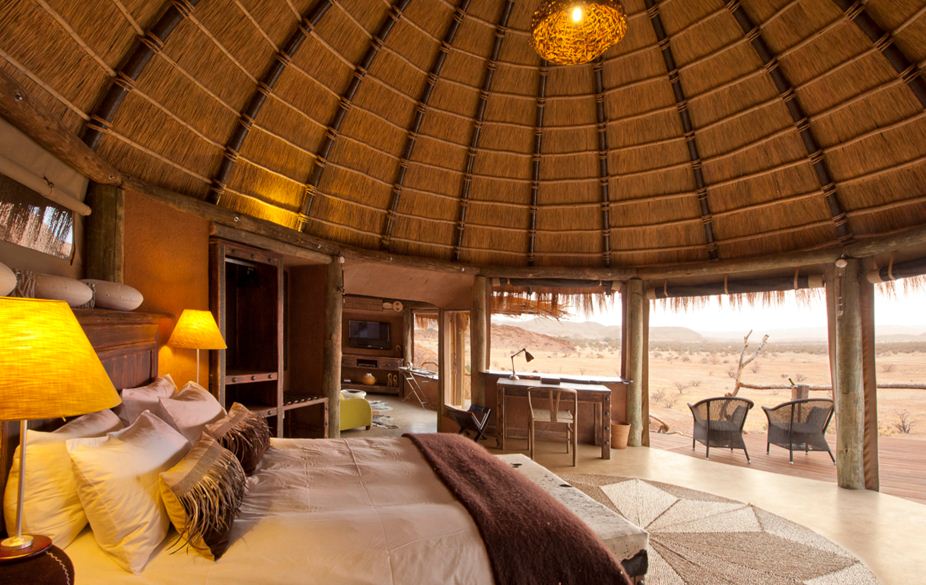 Today we leave Etosha and drive south west into southern Damarland. We will visit the remote Twyfelfontein valley, the site of Namibia’s largest collection of prehistoric rock art. Now a UNESCO World Heritage Site, Twyfelfontein is home to more than 2,000 rock carvings estimated to be more than 3,000 years old and believed to be the work of the San Bushmen. We will also see Organ Pipes, a series of perpendicular dolerite pillars, and Burnt Mountain, a mountain that glows in the afternoon sun, giving the impression that it is burning.
Today we leave Etosha and drive south west into southern Damarland. We will visit the remote Twyfelfontein valley, the site of Namibia’s largest collection of prehistoric rock art. Now a UNESCO World Heritage Site, Twyfelfontein is home to more than 2,000 rock carvings estimated to be more than 3,000 years old and believed to be the work of the San Bushmen. We will also see Organ Pipes, a series of perpendicular dolerite pillars, and Burnt Mountain, a mountain that glows in the afternoon sun, giving the impression that it is burning. Our lodge for the next two nights is the beautiful Camp Kipwe.
Our lodge for the next two nights is the beautiful Camp Kipwe.
 This morning, we will leave the mountains of Damarland and head to the Atlantic coast. When we hit the coast we will turn north toward the Cape Cross Seal Reserve. The coastline of Southern Africa is the only place in the world where you can find the Cape fur seal, They fight, mate, reproduce and fish in the Cape Cross Seal Reserve, home to the largest breeding colony of these seals on the planet, with at times up to 210,000 seals present during November and December. In mid-October bulls come ashore to establish breeding colonies, defended by heroic chest-to-chest combat, pushing, biting and waiting for pregnant, adult females to arrive on the scene. Not to be outdone, the females fight for a place within a territory, and eventually a male may lose half his body weight establishing his 'patch.' But the rewards are well worth the effort in the annual forced slimathon; control of your own territory and a harem of between 7 - 66 females! One thing no seal or human can escape from is the unpleasant odor at Cape Cross. A combination of dead seals and excrement really chuck it up, and the strong winds stir the smells of the sea with those on land, delivering them straight to your nostrils.
This morning, we will leave the mountains of Damarland and head to the Atlantic coast. When we hit the coast we will turn north toward the Cape Cross Seal Reserve. The coastline of Southern Africa is the only place in the world where you can find the Cape fur seal, They fight, mate, reproduce and fish in the Cape Cross Seal Reserve, home to the largest breeding colony of these seals on the planet, with at times up to 210,000 seals present during November and December. In mid-October bulls come ashore to establish breeding colonies, defended by heroic chest-to-chest combat, pushing, biting and waiting for pregnant, adult females to arrive on the scene. Not to be outdone, the females fight for a place within a territory, and eventually a male may lose half his body weight establishing his 'patch.' But the rewards are well worth the effort in the annual forced slimathon; control of your own territory and a harem of between 7 - 66 females! One thing no seal or human can escape from is the unpleasant odor at Cape Cross. A combination of dead seals and excrement really chuck it up, and the strong winds stir the smells of the sea with those on land, delivering them straight to your nostrils.
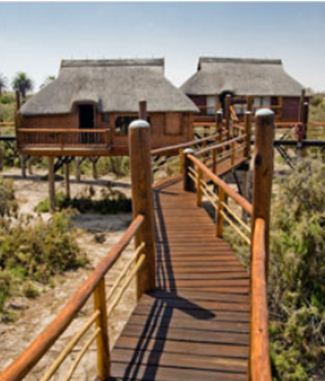
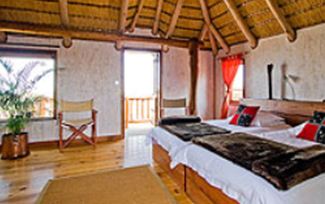 Our lodge for the next three nights is the Stiltz, near Swakopmund.
Our lodge for the next three nights is the Stiltz, near Swakopmund.
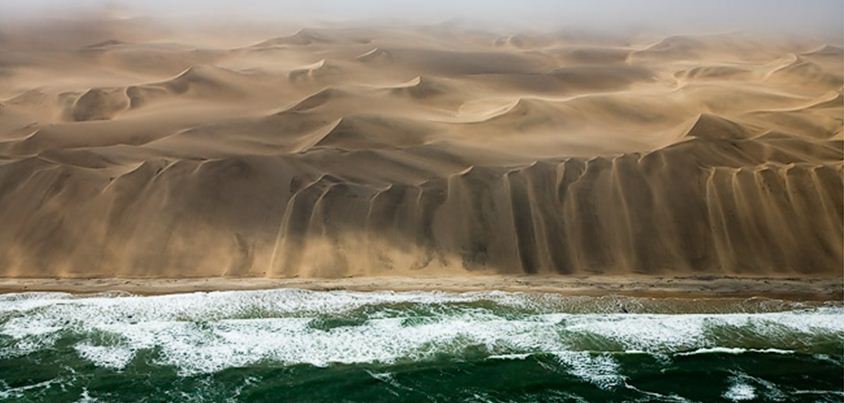
 Or enjoy a scenic flight from Swakopmund. Fly east via the "Moon Landscape" along the Swakop riverbed crossing the Oasis Graonikontes. Pass over the "sea" of shifting sand dunes to the coast at Conception bay, and view the wrecks of the passenger liner "Eduard Bohlen" stranded in 1909 and the "Shaunee" stranded in 1976. See the long wall of the Namib Dunes, Sandwich Harbor wetlands and the coastal salt mines, attracting thousands of birds.
Or enjoy a scenic flight from Swakopmund. Fly east via the "Moon Landscape" along the Swakop riverbed crossing the Oasis Graonikontes. Pass over the "sea" of shifting sand dunes to the coast at Conception bay, and view the wrecks of the passenger liner "Eduard Bohlen" stranded in 1909 and the "Shaunee" stranded in 1976. See the long wall of the Namib Dunes, Sandwich Harbor wetlands and the coastal salt mines, attracting thousands of birds.
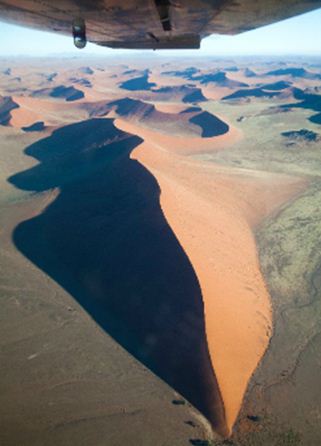
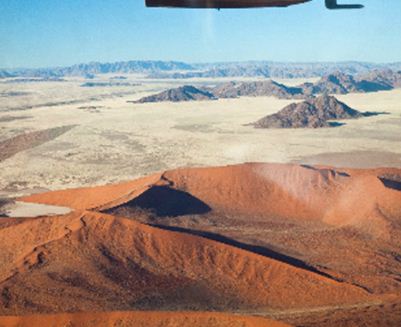
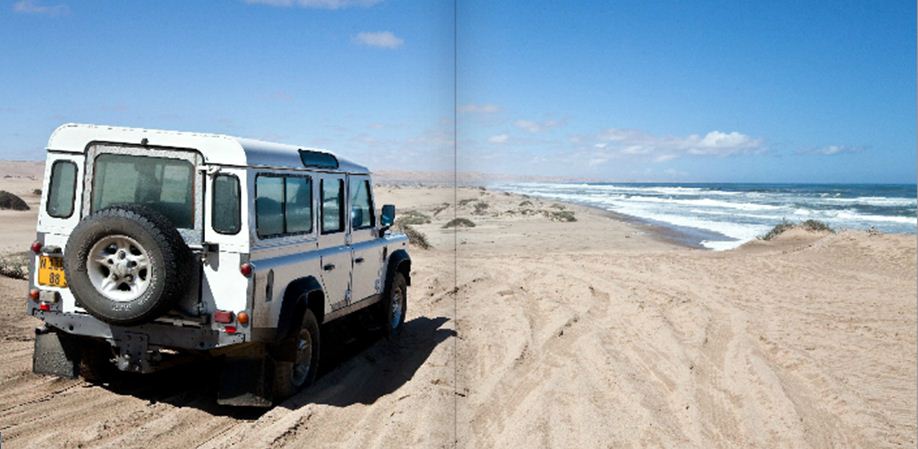 Images from a visit to Sandwich Harbor.
Images from a visit to Sandwich Harbor.
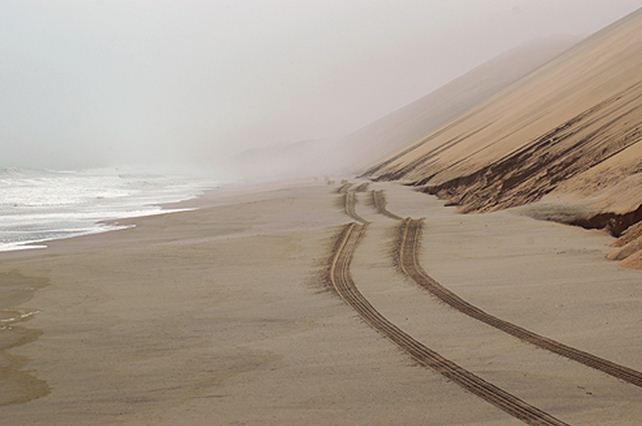
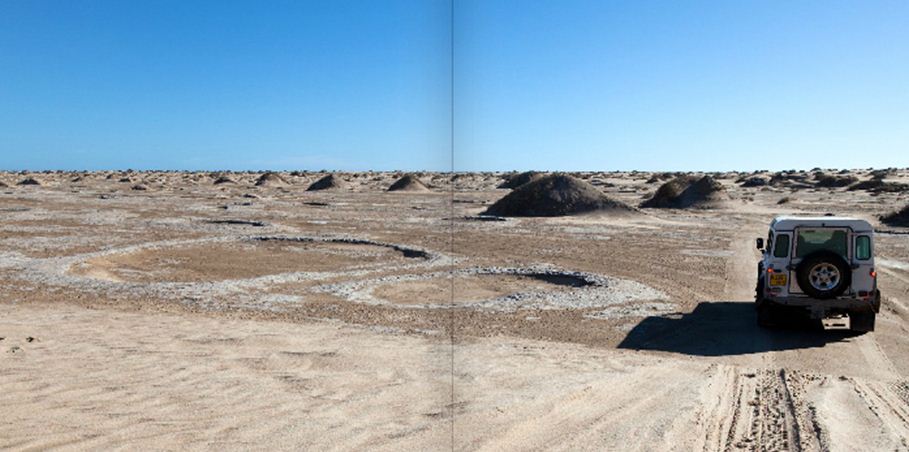
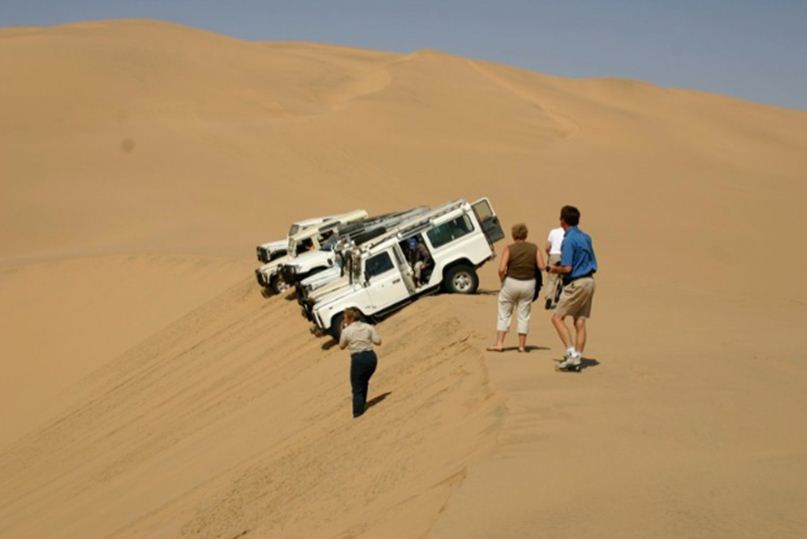
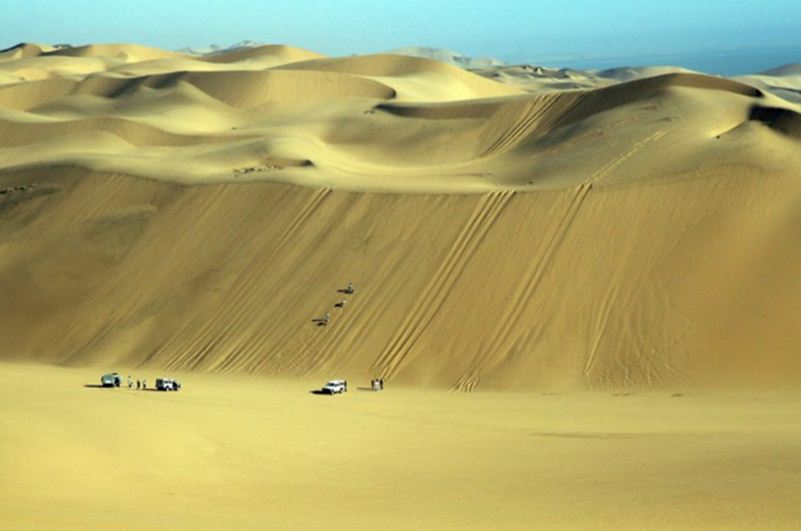 And of course Sand Boarding.
And of course Sand Boarding.
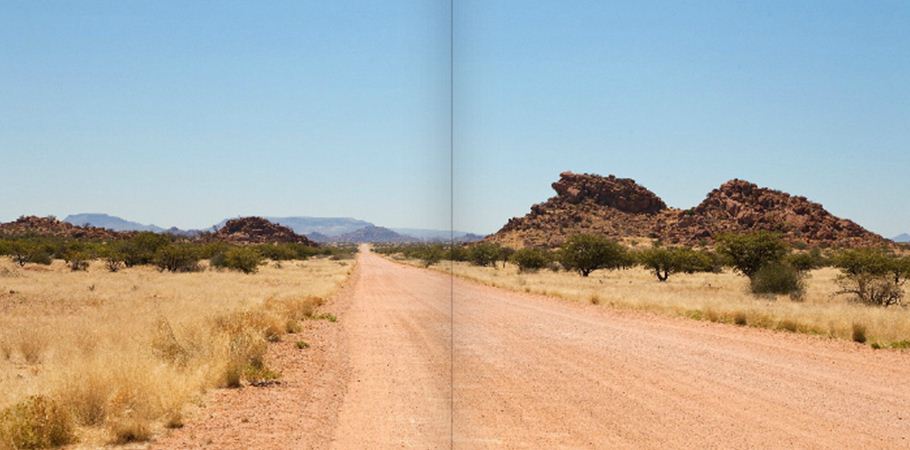 Today we drive to the Namib Desert viewing stunning lunar landscape of the rocky granite valley known as "Moon Valley". The Namib Desert stretches 1200km in length, but is a mere 70kms in width and is home to the highest dunes in the world. The "desert" elephants can go for days without drinking water, surviving on moisture obtained from the vegetation they eat. Although not a different species than other African elephants, they have larger feet, making it easier to walk through sand, and often live in smaller herds, which puts less pressure on their food and water sources.
Today we drive to the Namib Desert viewing stunning lunar landscape of the rocky granite valley known as "Moon Valley". The Namib Desert stretches 1200km in length, but is a mere 70kms in width and is home to the highest dunes in the world. The "desert" elephants can go for days without drinking water, surviving on moisture obtained from the vegetation they eat. Although not a different species than other African elephants, they have larger feet, making it easier to walk through sand, and often live in smaller herds, which puts less pressure on their food and water sources.
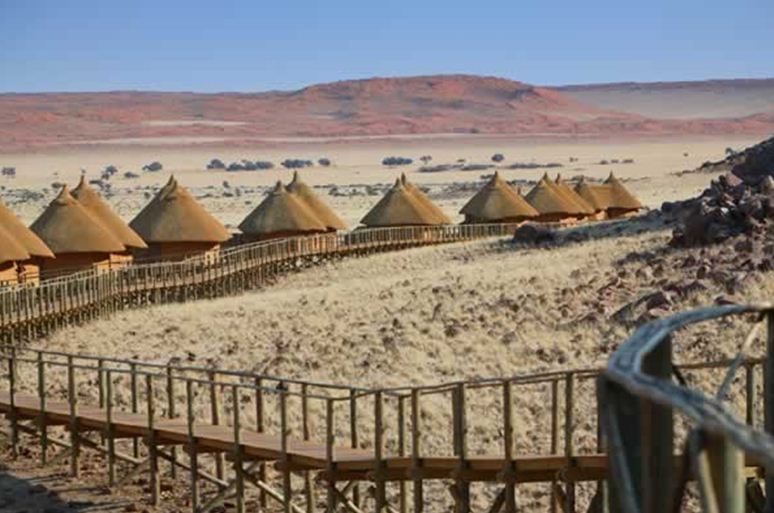
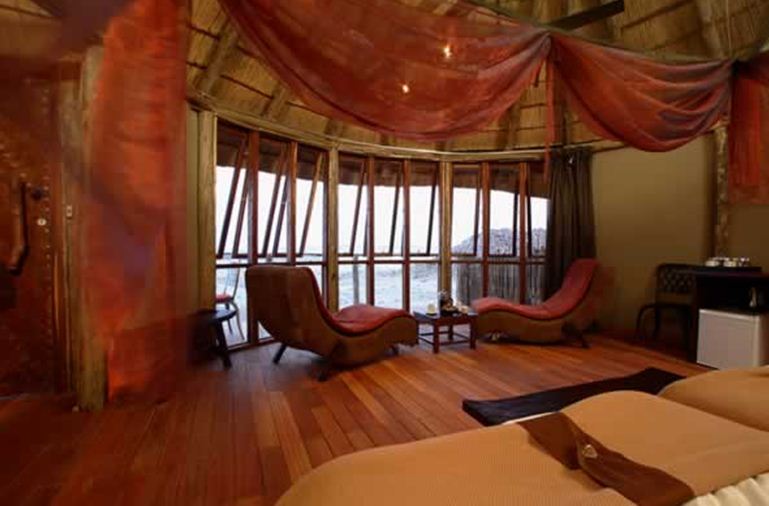

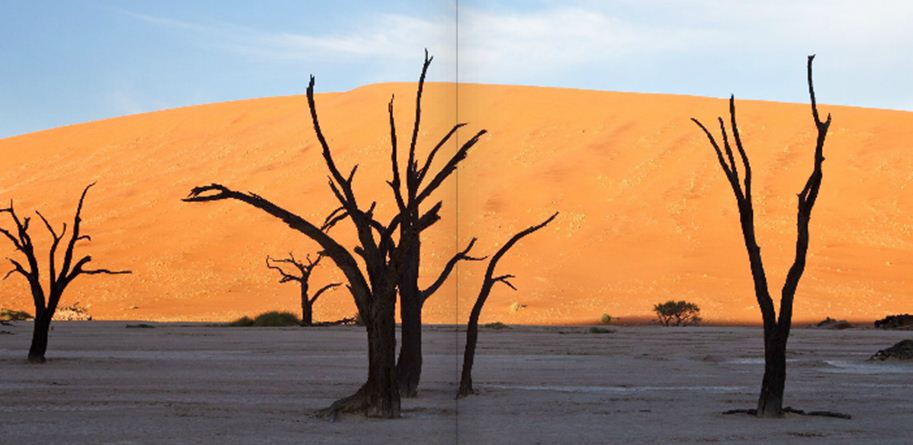 One of our mornings at this lodge we will leave before sunrise to view one of the most spectacular sights in all of Namibia—the massive Sossusvlei sand dunes. The Sossusvlei area in the early morning light, looks like a sea of vivid orange dunes, some as high as 984 feet. Nearby world-famous Sossusvlei is an enormous clay pan, flanked by the famous red sand dunes that stand out starkly against the blue sky. These dunes - the most well-known being Big Daddy or Dune 45(image below) - have developed over millions of years, with the wind continuously refashioning the contours of this red sand sea.
One of our mornings at this lodge we will leave before sunrise to view one of the most spectacular sights in all of Namibia—the massive Sossusvlei sand dunes. The Sossusvlei area in the early morning light, looks like a sea of vivid orange dunes, some as high as 984 feet. Nearby world-famous Sossusvlei is an enormous clay pan, flanked by the famous red sand dunes that stand out starkly against the blue sky. These dunes - the most well-known being Big Daddy or Dune 45(image below) - have developed over millions of years, with the wind continuously refashioning the contours of this red sand sea.